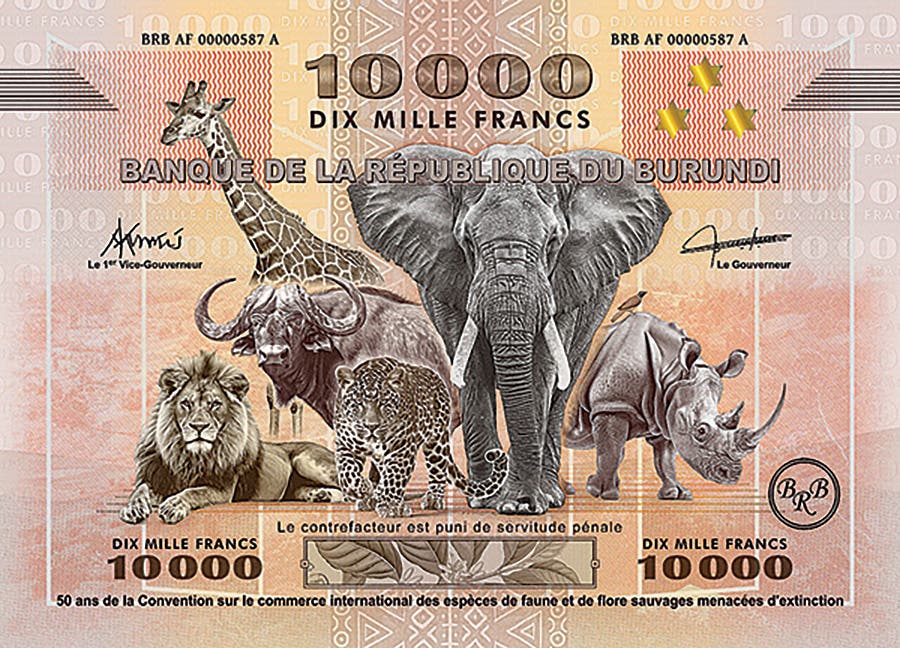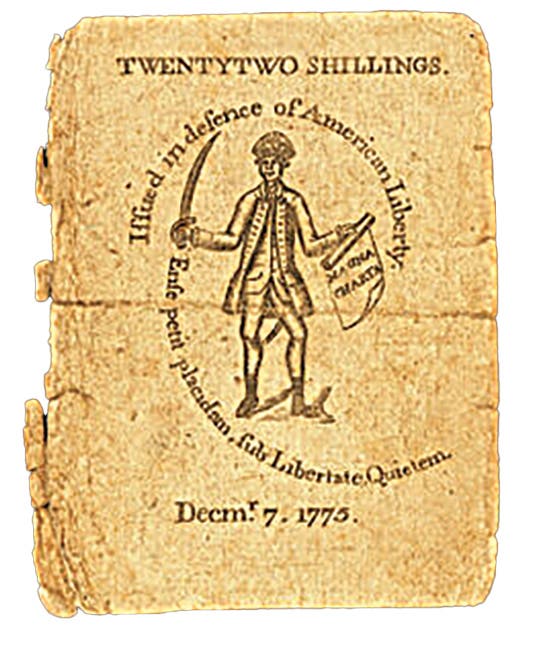Life of paper dollar estimates getting longer
With the new GAO report to Congress suggesting that a dollar coin for dollar bill switch is uneconomical based on the statistical input of factors that include the duration in circulation of dollar bills and coins, there might be some question as to the validity of the quantified numbers showing circulation life and use.
With the new GAO report to Congress suggesting that a dollar coin for dollar bill switch is uneconomical based on the statistical input of factors that include the duration in circulation of dollar bills and coins, there might be some question as to the validity of the quantified numbers showing circulation life and use.
The problem is that the numbers quoted by the Government Accountability Office which was tasked to measure the economics, the Federal Reserve – which tracked the circulation lifetime of the dollar bill and gave the GAO data – and the Mint, which produces the coins, all are using different numbers.
Changing any of the numbers has a significant impact on the results of the GAO audit, which says that over 30 years, a switch to dollar coins is profitable, but that during the first 10 years (especially years 1 to 6 or 7), a changeover costs the government over $58 million more each year.
Checking the assumptions out, a look at Google, the online search engine, shows some of the following:
• enchantedlearning.com says the average dollar bill has a lifespan of about 18-22 months
• topcultured.com/the-life-and-death-of-a-1-bill says 21 months
• Ask Yahoo! says, “As you probably guessed, the note most frequently replaced is the $1 bill. There are currently four billion $1 bills in circulation, and the life expectancy of each is approximately 18 months.”
• Wikepedia, the online encyclopedia, says, “The Bureau of Engraving and Printing says the average life of a $1 bill in circulation is 42 months before it is replaced because of wear.” But that’s before the BEP took that off its website and said to look at the Federal Reserve – the Fed says 4.7 years (about 56 months).
• Answerbag.com in 2008 said, “The Bureau of Engraving and Printing says the average life of a $1 bill in circulation is 21 months before it is replaced due to wear.” (Chacha.com quotes the BEP to the same effect).
Like what you're reading? Subscribe to our FREE email newsletter![form id="27827"]
Before there was a Federal Reserve, The Kingston Daily Freeman, Volume 43, Nov. 11 1912, Page 7, said the life of a dollar bill was 14 months.
There are enough statistics for anyone on either side of this debate.
More Coin Collecting Resources:
• Subscribe to our Coin Price Guide, buy Coin Books & Coin Folders and join the NumisMaster VIP Program








